What is "Colorization using Optimization"
article It is an advanced version of the "paint" process in bitmap editors such as Paint and PhotoShop(TM). It has the following advantages that traditional paint processing does not have.- It can change only the color tone while preserving the brightness information.
- Parameters such as "tolerance" are not necessary. It can handle ambiguous boundaries.
- Easy mask setting
 →
→ 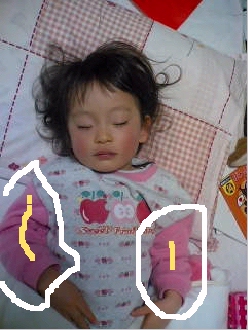 →
→ 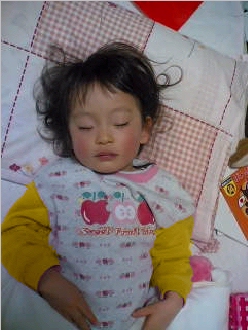
- By extending the optimization process in three dimensions (X-axis / Y-axis / time axis), it can be applied to videos as well.
 →
→ 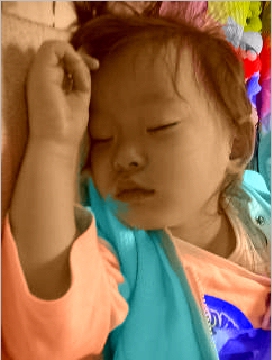
 →
→ 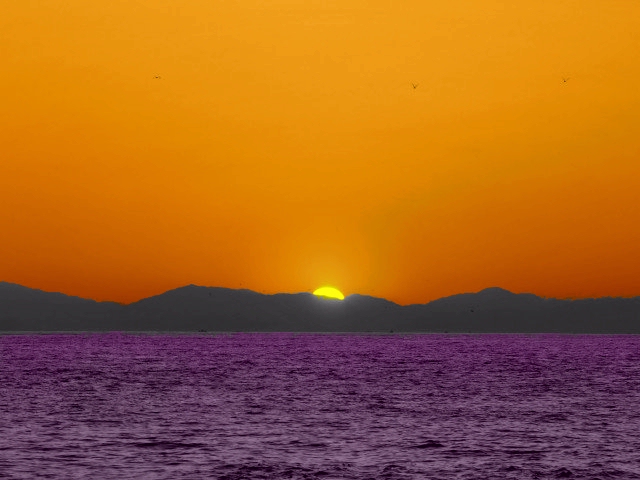


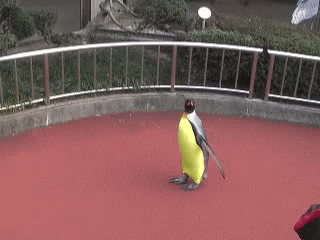
The Algorithm of Colorization
Many Colorization using Optimization algorithms are based on iterative optimization algorithms. Iterative optimization algorithms can obtain optimal solutions but are known to require huge computational costs.If implemented using the basic algorithm, Gauss-Seidel method, it takes 2-3 minutes for coloring a 320x240 image and several hours for an 800x600 image.
Even when using fast calculation methods such as multigrid methods, it takes around 20-30 seconds for coloring a 320x240 image and 20-30 minutes for an 800x600 image.
From the user's perspective, the coloring process involves repeating the process of "initial coloring" and "changing the color of unsatisfactory parts". The slow processing speed hampers the spread of the algorithm.
Art Logic has successfully achieved the same quality image in several orders of magnitude faster time by focusing on the similarity between the Colorization method and the labeling method. It can process a 320x240 image in less than 1 second and an 800x600 image in just a few seconds.
Applications of Colorization
- Colorization of grayscale images
- Re-colorization of color images By dynamically changing the specified color palette, it is possible to change colors in real-time.
- Cosmetics industry Systems that capture the client's face in real-time and show the effect of cosmetics on the PC screen like a mirror.
- Architecture and interior design industry Capture images from a camera that moves around the perimeter of a house and simulate the effect of exterior colors, including the surrounding 360-degree landscape.
- Apparel and leather industry, etc. Supports not only color simulation of clothing and leather products but also total coordination from hats to shoes.
- Color image segmentation Performs region division of color images.
- (Re)colorizing videos By simply adding the time axis to the X-axis and Y-axis of still images, the same algorithm can be applied to videos. Segmentation can also be applied to videos.
Color simulation system